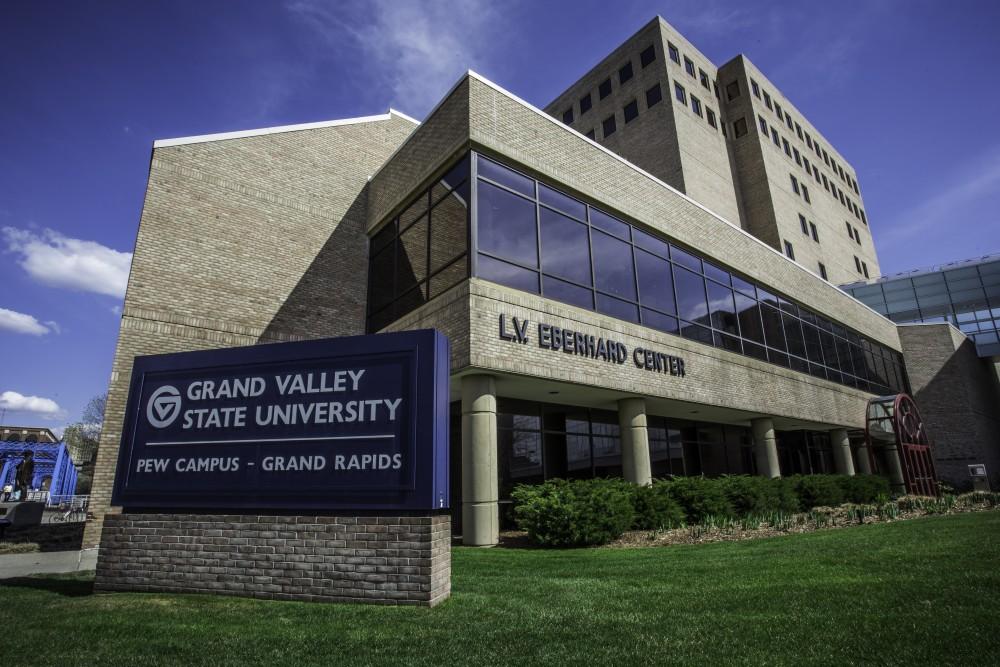Weaving empowerment

GVL/Spencer Miller The Eberhard center at GVSU’s Pew campus has a Peruvian art exhibit until July 31, 2015.
May 4, 2015
Creating art can be liberating, but its empowering capabilities aren’t only limited to those who produce it.
The Grand Valley State University Eberhard Center is currently hosting a display of Peruvian weaving art from Paya Lliklla, a weaving cooperative of indigenous Peruvian women. The artwork will be on display until July 31. The artwork from Paya Lliklla is playing a part in empowering the indigenous women who create and sell it.
In Peru, weaving is traditionally a female occupation. Despite this, it is typically the job of male relatives to market the pieces, and women play no role in this process. The men also receive the profits from selling the weaving pieces.
“Men are the dominant figures, and the women are rather submissive,” said David Newell, curator of exhibitions at GVSU’s art gallery.
That changed when the women of Paya Lliklla began to produce these goods themselves and market them to clients outside of their local area. The women are merging traditionally male and female roles to empower themselves socially and financially.
“Now (the women are) realizing the profits,” Newell said.
By taking the entire process into their own hands, these women have dramatically changed the traditional division of labor and altered their status within their families and community.
While the effect the pieces have had on Peruvian society is noteworthy, the pieces themselves are also interesting.
“They use a very traditional style of weaving, the oldest style of weaving actually,” Newell said. He commented on the pieces’ vibrant colors and interesting textures, calling them “charming.”
The artwork was brought to GVSU by Mirta Paola Leon, a social work professor at the university. She traveled to Peru for a language study class, first meeting the women of Paya Lliklla for a language workshop. After seeing the artwork the women created, she became interested in their work and the effect it was having on their social status.
The display has been up since March 18. However, due to concerns that the lighting in the gallery may damage the pieces, photographs of the weavings and the women that made them are now on display in lieu of the original artworks. Newell says the photographs are very high quality and still convey all the details of color and texture.
The photographs were not staged in any way and were intended to be very candid. They were taken over the course of 12 years in the mountains of Peru and around the adobe homes the women live in.
“The photographs show these charming women in a very rural setting. It’s a very of-the-earth type thing,” Newell said.
Newell said the response to the artworks so far has been positive. While they’re currently displayed on the downtown campus, Newell hopes they’ll eventually be featured in Allendale.
The photographs are to be displayed in the West Wall Gallery until July 31, but that won’t be the last time GVSU students can see them. The photos are now owned by the university and will be uploaded to an online database. Newell says the photos will also find a permanent home in the new student housing buildings.
For more information about the art, visit www.gvsu.edu/artgallery.

























